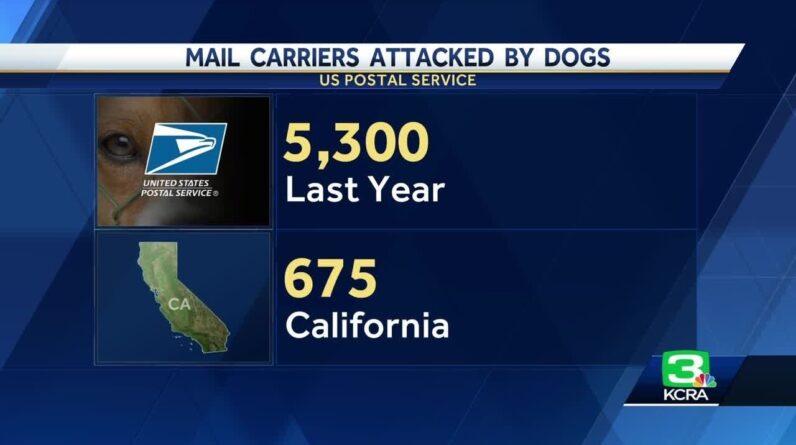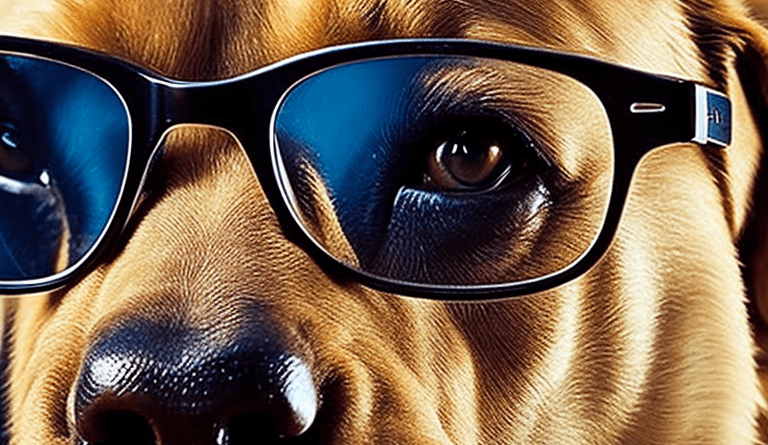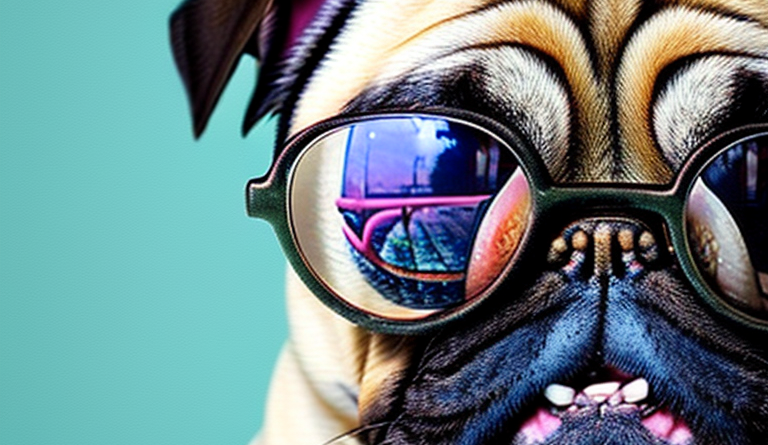The Benefits And Risks Of Feeding A Raw Diet To Dogs
Feeding a raw diet to dogs has become a trending concept in canine nutrition. This type of diet involves feeding dogs whole, unprocessed, and uncooked foods, such as meat, bones, fruits, and vegetables. However, while there are species-appropriate elements to this type of feeding plan, there are also risks that we should consider.
Benefits of Feeding a Raw Diet to Dogs
Promotes healthy weight loss
Raw diets, containing high amounts of protein, can help in promoting healthy weight loss in dogs. The high protein content satisfies a dog’s hunger cravings without the need for carbohydrates.
Improves digestion
Raw diets are easier to digest than commercial dog foods because they are free of grains, fillers, and preservatives that create digestive issues. This is because they have high moisture content and enzymes left intact.
Reduces Allergies
Switching to a raw diet may significantly reduce food allergies and intolerances. This is because the diet is free from allergens that trigger allergic reactions in some dogs, like wheat and soy.
Boosts Immunity
A raw diet can boost a dog’s immunity system. It is packed with antioxidants, phytochemicals, and other essential nutrients that promote overall health. It can also help the dog manage various human-related illnesses.
Increases Energy Levels
A raw diet increases a dog’s energy levels, making dogs more active and alert.
Promotes Healthier Skin And Coat
The high omega fatty acids found in raw meat helps improve fur condition, such as making the coat shinier, less greasy, and softer, and reduces shedding significantly.
Reduces Dental Problems
Raw feeding provides the benefit of nature’s teeth-cleaning ability, as raw meaty bones help remove plaque, tartar, and freshen up the breath without the need for professional cleanings.
Prolongs Lifespan
A raw diet can increase your dog’s lifespan. The lower amount of carbohydrates, higher-quality ingredients, and fewer chemicals in raw food can lead to an increased lifespan.
Cost-effective
Although there may be initial costs to buying a freezer and sourcing high-quality ingredients, raw feeding can be cost-effective in the long run because less food is required.
Risks of Feeding a Raw Diet to Dogs
While there are benefits to feeding raw, we should also consider the risks involved.
Bacterial Contamination
Raw foods are not sterile and pose a risk of bacterial contamination, particularly E. Coli, Salmonella, and Listeria that can affect the dog and the household.
Parasites and Worms
Raw feeding poses a higher risk of transmitting parasites and worms, such as roundworms, hookworms, and tapeworms.
Nutritional Deficiencies
A raw diet may cause nutritional deficiencies if the diet is not appropriately balanced. Lack of necessary minerals and vitamins can lead to various health issues.
Dental Problems
If dogs are not provided with the right amount and type of bones, dental problems may ensue.
Bone Hazard
some bones are more brittle and can easily break; splinters may pierce the digestive tract and lead to severe health issues.
Potential Choking Hazards
Bones that have not been ground are harder, and smaller dogs may choke on them. Dogs might also swallow large pieces of bones that can obstruct their digestive system or damage the esophagus.
Food Poisoning
Feeding raw meat to dogs can lead to foodborne illnesses like e-coli, Salmonella, or campylobacter spreading.
How to Safely Feed a Raw Diet to Dogs
Given the benefits and risks involved in feeding a raw diet, several measures can be taken:
Consult With A Veterinarian
A veterinarian can guide you on the right feeding measures and help you design a well-balanced raw diet that is tailored to your individual pet’s needs.
Source High-Quality Ingredients
Purchase from known reputable raw pet food suppliers to avoid any unknown and potentially dangerous ingredients.
Follow Hygienic Preparation Methods
Follow thorough hygiene protocols as raw food requires careful handling, storage, and disposal to avoid contamination.
Feed A Balanced Diet
To cover all nutritional needs, a balanced diet should have the right protein to fat ratio and adequate proportions of meat, organs, and bones.
Avoid Feeding Bones
Dogs can experience dental issues or even fatal blockages if they consume bones. If you choose to feed bones, make sure they are well-supervised.
Monitor Dog’s Health Regularly
Dogs are different, so some might not thrive well on a raw diet. Keep monitoring your dog’s overall health, and if you note any concerning problems, visit your veterinarian.
Alternatives to a Raw Diet
If feeding your dog a raw diet isn’t feasible or if you prefer not to do so look into some alternatives:
Commercial Dog Food
Many animal nutrition experts recommend high-quality commercial dog food. Commercial dog foods are usually less expensive and offer added convenience.
Homemade Cooked Food
If you are interested in cooking for your dog, ensure you follow a well-balanced recipe that follows the necessary nutrition guidelines.
Combination of Both
If you’re interested in a raw-partial alternative solution, introducing a small amount of raw food mixed with commercial food or added with cooked food can provide a sufficient balance.
When it comes to feeding dogs, there is no one-size-fits-all approach. A raw diet can be suitable for some dogs, especially if they have food allergies or stomach sensitivities. However, the risks involved should also be considered. Always make an informed decision and consult a veterinarian before making any feeding changes.

FAQ #1
What are the benefits of feeding a raw diet to dogs?
Feeding your dog a raw diet can have several benefits, such as improved skin and coat health, increased energy levels, and improved digestion. Raw diets are free of fillers, preservatives, and artificial ingredients that can harm your dog. Additionally, some pet owners report that their dogs have fewer allergies and joint problems when on a raw diet.
FAQ #2
What are the risks of feeding a raw diet to dogs?
There are some risks associated with feeding a raw diet to dogs, such as bacterial infections or illnesses. Raw meats and vegetables can contain harmful bacteria like Salmonella or E. coli, which can make your dog sick. It’s important to handle and store raw foods properly to reduce the risk of bacterial contamination. Additionally, feeding a raw diet that is nutritionally unbalanced can lead to health problems in your dog, such as bone fractures or organ damage.






